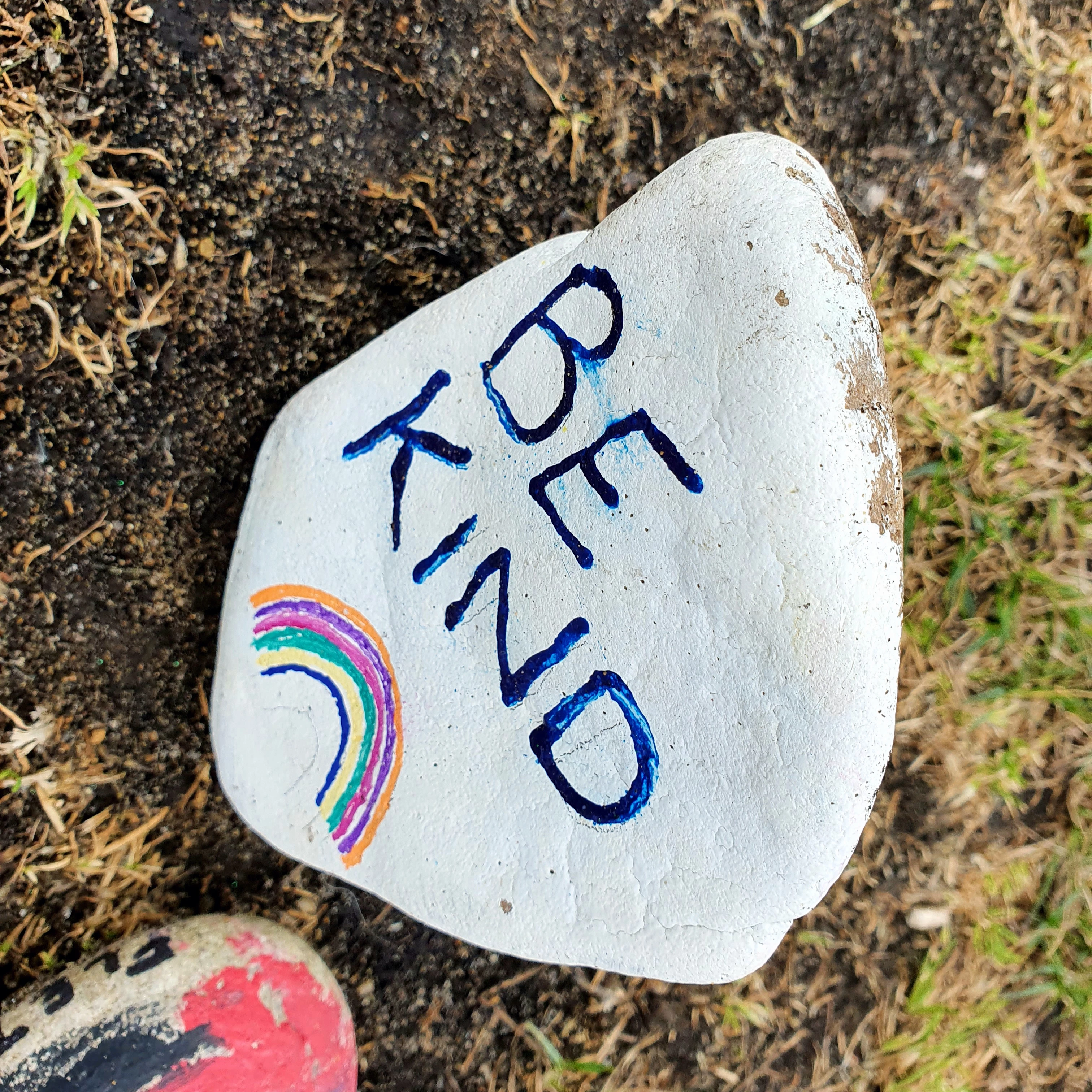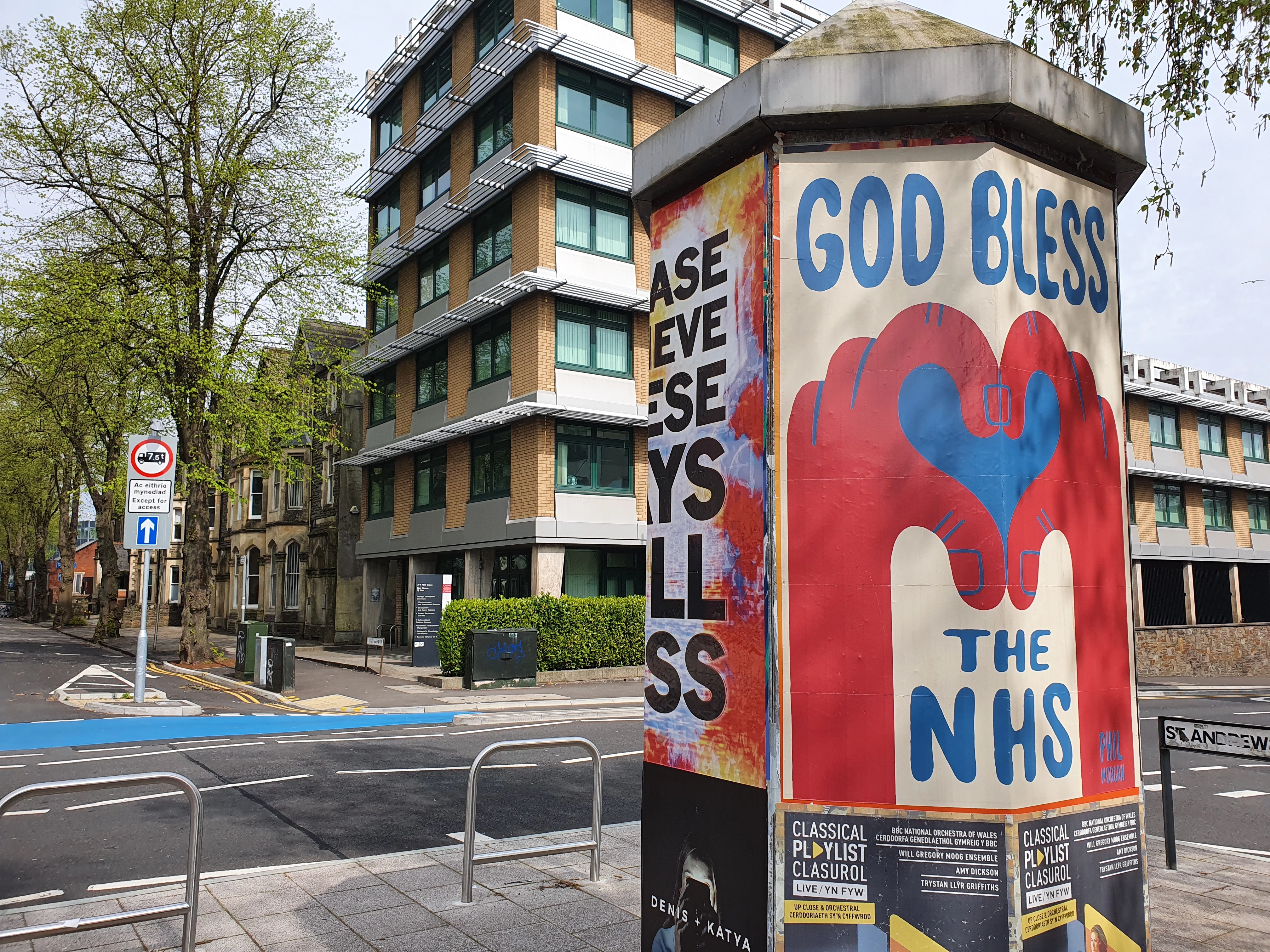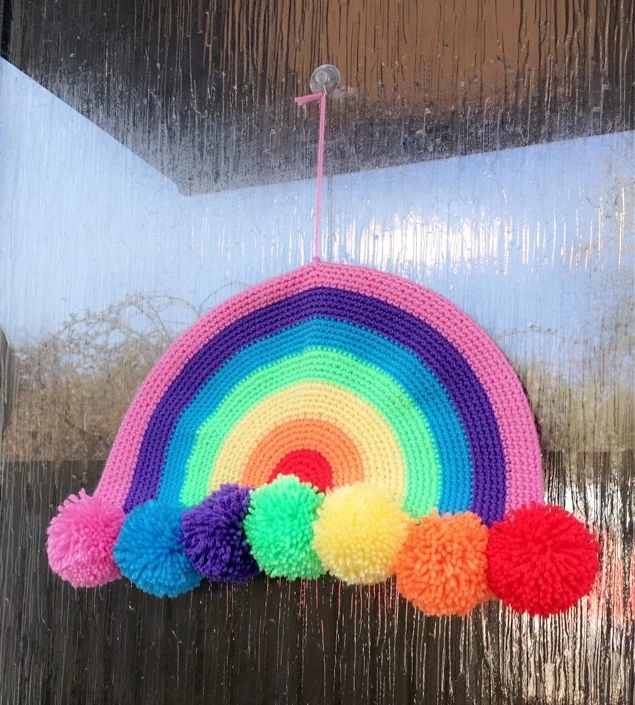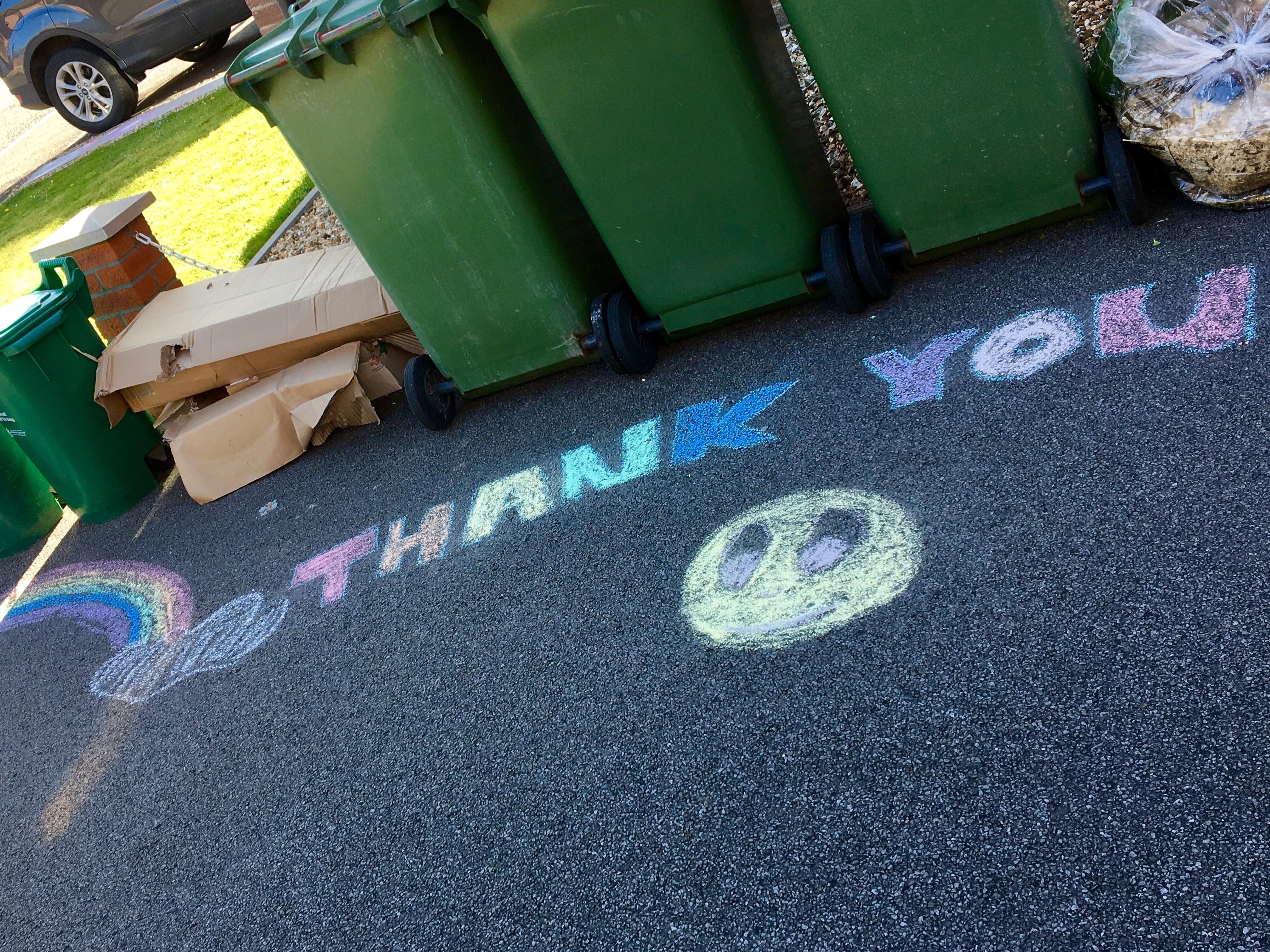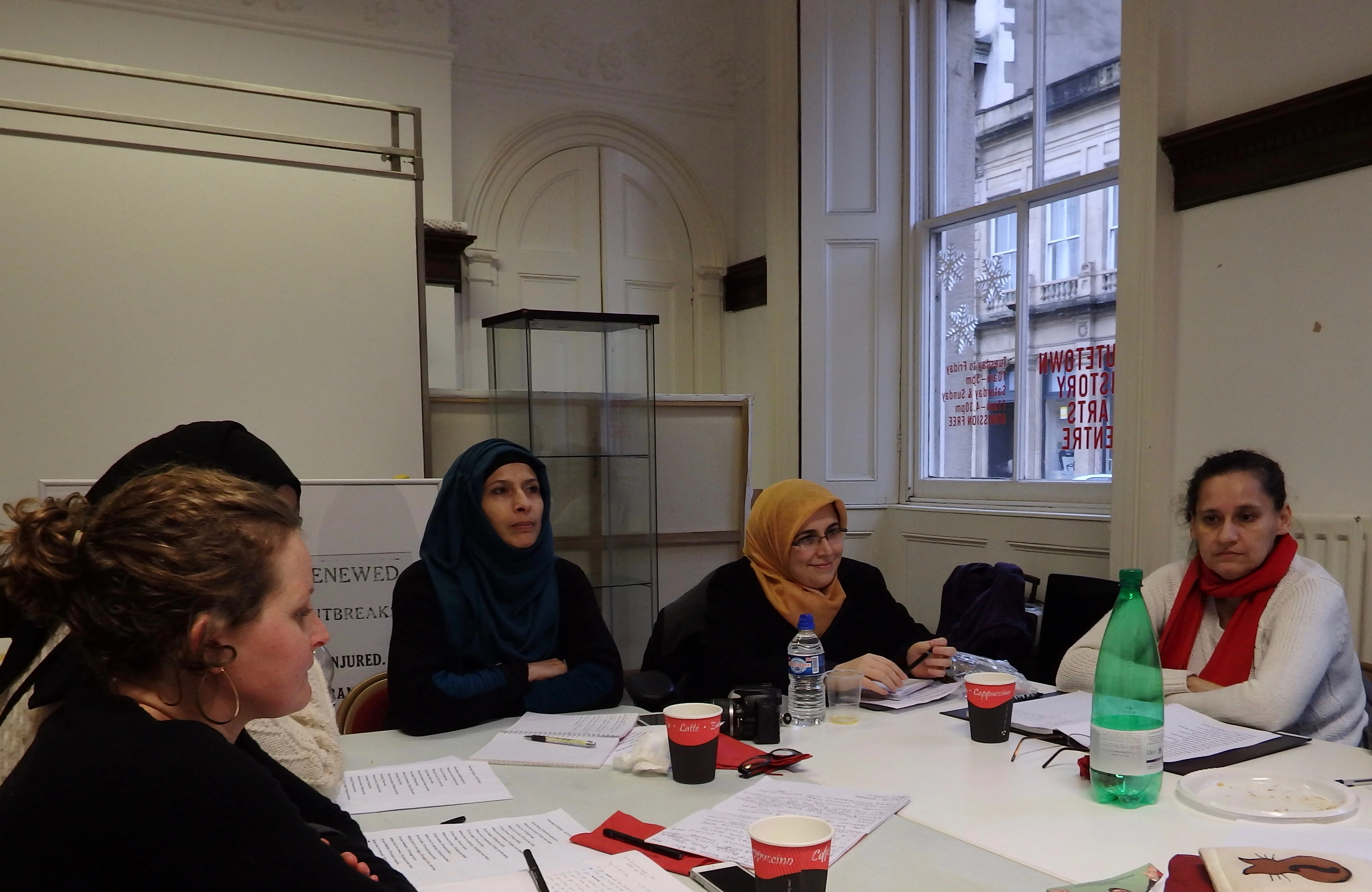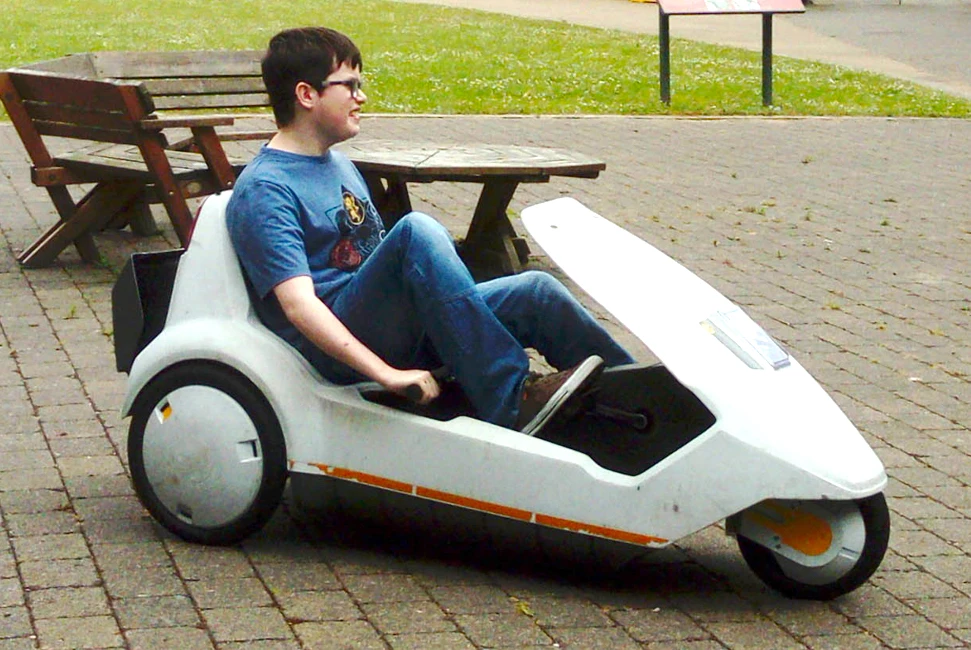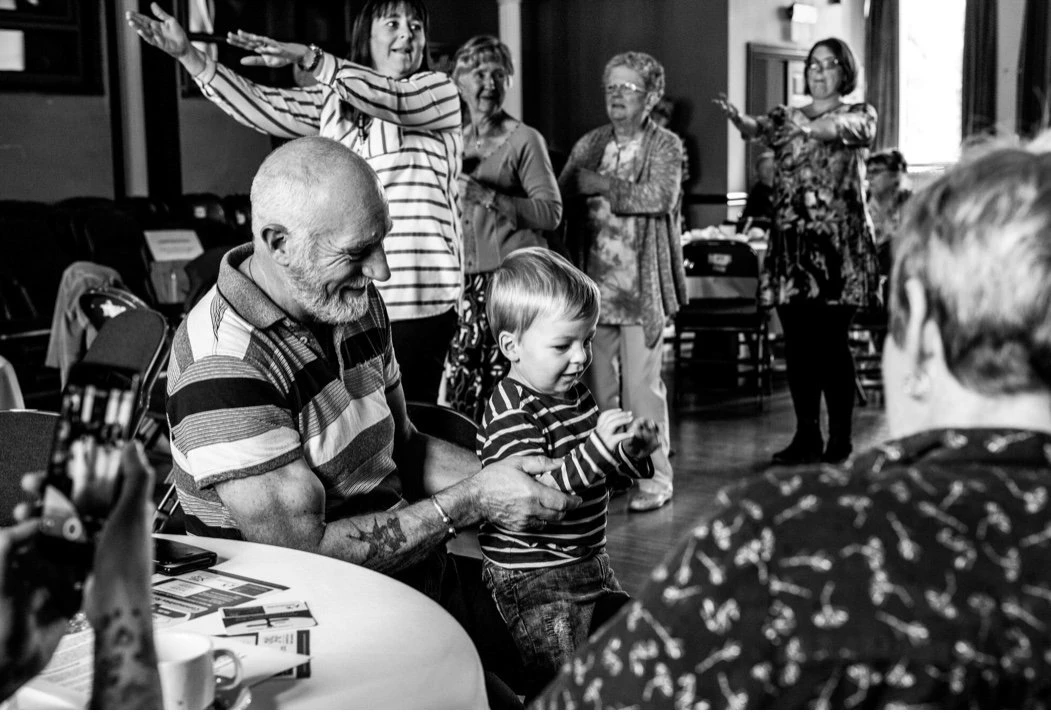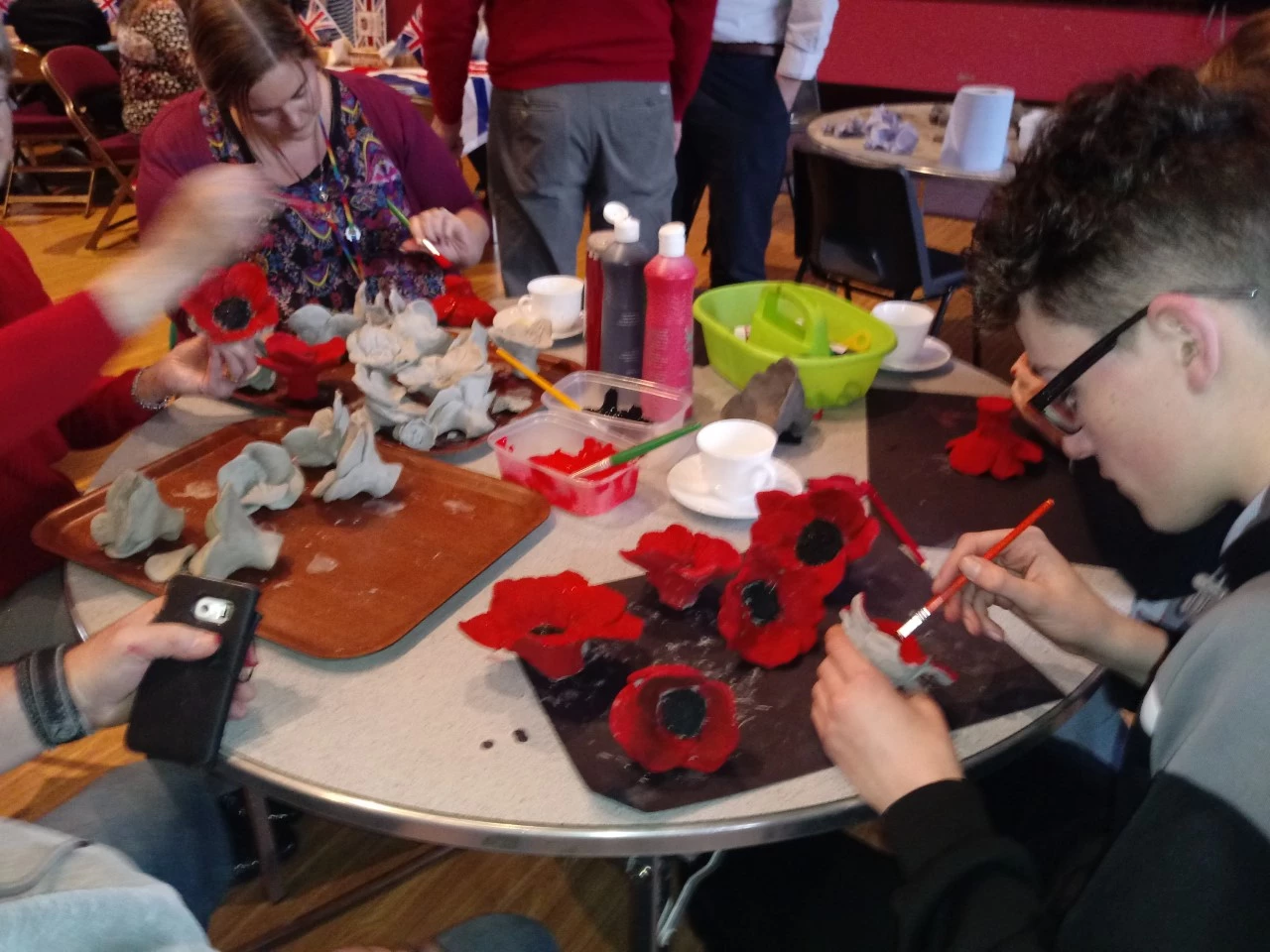Lloches, ein hanes ni
, 23 Mehefin 2020
Credaf yn gryf iawn mai hanfod amgueddfa fel Sain Ffagan yw’r egwyddor fod hanes pawb yn bwysig. Mae pob un ohonom yn cyfrif, beth bynnag fo’n cefndir. Mae hawl gan bawb i lais, i fywyd rhydd a diogel, a chael parch gan eraill. Nid dweud stori’r bobl fawr yw pwrpas yr amgueddfa, ond cofnodi a deall cyfraniad pawb i’n hanes. Mae Cymru yn ystyried ei hun yn wlad groesawgar, barod ei chymwynas. Mae’r hunan-ddelwedd honno’n rhan o’n hunaniaeth fel cenedl. Ond pa mor wir yw hynny? Beth gallwn ni ddysgu am ein hunain a’n lle yn y byd trwy wrando ar dystiolaeth y ffoaduriaid sydd wedi ceisio am loches yn ein plith? Ac i ba raddau ydyn ni’n deall, mewn gwirionedd, cymhellion ac ofnau’r ffoaduriaid hynny? Sut mae esmwytho eu ffordd tuag at deimlo eu bod yn perthyn?
Mae’r bartneriaeth rhwng y Brifysgol a’r Amgueddfa yn ein galluogi i gyflawni sawl peth. Gwaith y Brifysgol yw gwneud yr ymchwil dadansoddol manwl fydd yn dylanwadu, gobeithio, ar benderfyniadau a pholisiau gwleidyddol. Cyfrifoldeb yr Amgueddfa yw diogelu tystiolaeth lafar y ffoaduriaid ar gyfer yr oesoedd a ddêl, ond hefyd creu cyfleoedd iddynt gyflwyno eu profiadau a’u gobeithion i eraill. ‘Lloches ein hanes ni’ yw Sain Ffagan, ond mae rhoi lloches hefyd yn rhan o’n hanes ni ac yn haeddu sylw.
Gwyliwch allan felly am ddigwyddiadau yn Sain Ffagan sy’n ymwneud â phrosiect Ffoaduriaid Cymru. Yn y byd ansicr sydd ohoni, anodd yw rhagweld pa fath o ddigwyddiadau fyddan nhw. Rhaid i ni gyd bellach fod yn barod i ddelio gydag ansicrwydd. Mae ffoaduriaid wedi bod trwy brofiadau na fydd y rhan fwyaf ohonom yn wynebu byth. Mae gennym lawer i’w ddysgu ganddynt.

